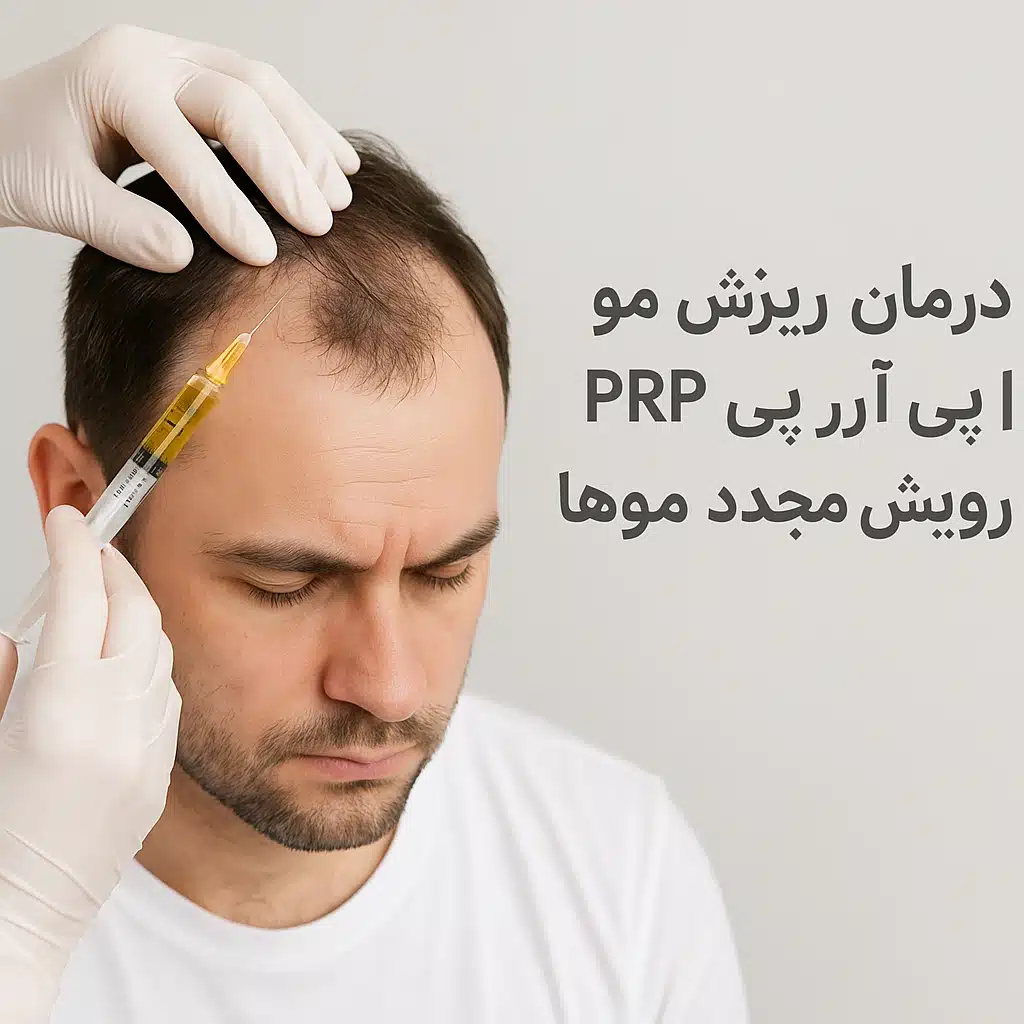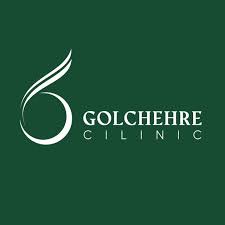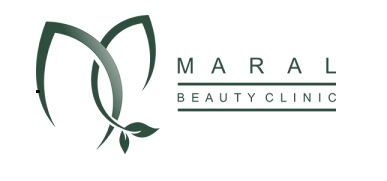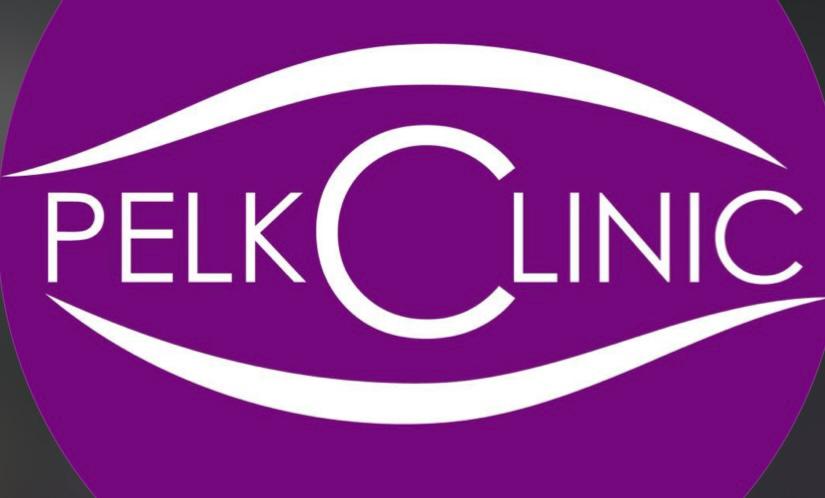Introduction: Hair loss treatment with PRP
Hair loss is one of the most common beauty and health problems in the world, affecting both men and women. Hair loss not only affects a person’s appearance, but can also reduce self-confidence and quality of life. There are various methods to combat hair loss; from chemical drugs to hair transplants. But in recent years, a new and safe method called PRP hair loss treatment (PRP) has attracted the attention of many specialists and patients. This method uses platelet-rich plasma to stimulate hair follicles to re-grow, strengthening and thickening the hair.
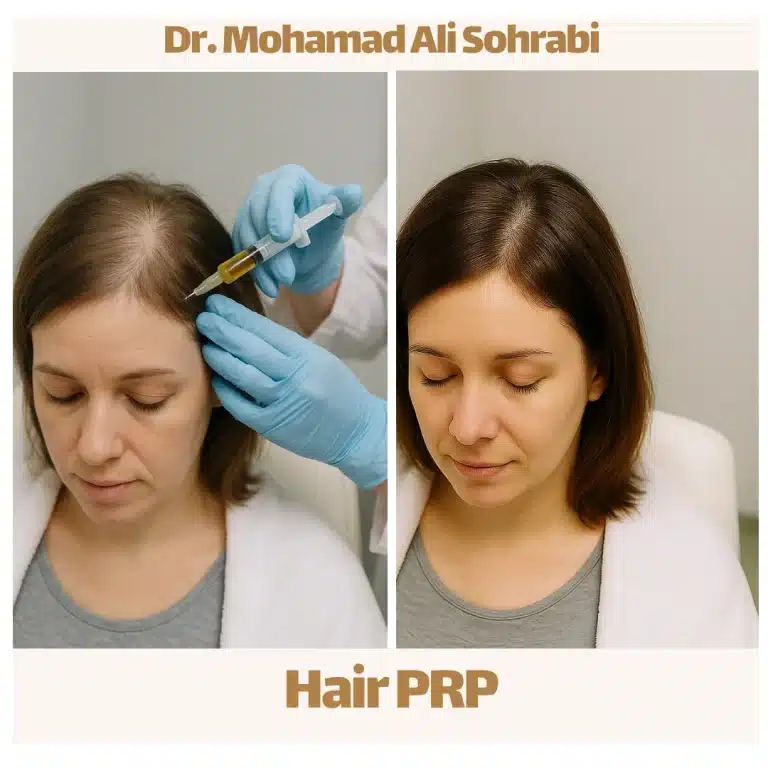
💎What is PRP?
PRP or Platelet Rich Plasma means Platelet Rich Plasma. Human blood is made up of various components such as red blood cells, white blood cells, platelets and plasma. In addition to their vital role in blood clotting, platelets contain proteins and growth factors that play a key role in tissue repair and cell regeneration.
The process of treating hair loss with PRP is that a small amount of the person’s blood is first taken. Then, using a centrifuge, the blood components are separated and the plasma and platelets rich in growth factors are extracted. This solution is injected into the scalp to stimulate hair growth.
💎Why does hair loss happen?
Hair loss can have various causes, and understanding the root cause is very important for choosing the right treatment method.
- Genetic factors: The most common cause of hair loss is androgenetic alopecia, or male and female pattern baldness.
- Hormonal: Hormonal changes such as polycystic ovary syndrome in women or changes in testosterone in men can cause hair loss.
- Nutritional: Iron, vitamin D, zinc, and protein deficiencies are important factors in hair weakness and loss.
- Stress and lifestyle: Anxiety, insomnia, smoking, and poor nutrition can disrupt the hair growth cycle.
- Diseases and medications: Some diseases such as hypothyroidism and medications such as chemotherapy are also important causes of hair loss.
💎Mechanism of PRP therapy for hair loss
When PRP is injected into the scalp, platelets release their growth factors. These factors:
- Increase blood flow to the hair follicles
- Stimulate follicle stem cells
- Increase the thickness and diameter of the hair strands
- Enhance the natural hair growth cycle
For this reason, many patients see a reduction in hair loss and new hair regrowth after just a few sessions.
💎Benefits of hair loss treatment with PRP
- Non-surgical and safe: This method of treating hair loss with PRP does not require surgery and uses the person’s own blood.
- Very few side effects: Because no foreign substances enter the body, the likelihood of allergic reactions or infections is very low.
- Suitable for women and men: There is no gender restriction and it is effective for both groups.
- Improved hair quality: In addition to increasing hair growth, the thickness and shine of the hair also increase.
📍Steps for performing PRP hair treatment
- Taking 10 to 20 milliliters of blood from the patient
- Separating platelets and plasma using a centrifuge
- Preparing a platelet-rich solution
- Injecting PRP into the areas of hair loss on the scalp by a doctor
The entire process takes about 30 to 45 minutes and usually requires local anesthesia.

📍Suitable candidates for PRP treatment
- People with mild to moderate hair loss.
- Patients with androgenetic alopecia.
- People who do not want or cannot undergo hair transplantation.
- People who are looking to enhance the results of hair transplantation.
However, in cases such as complete baldness, this method will not be very effective.
📍Number of sessions and duration of treatment
Typically, 3 to 4 sessions of PRP hair loss treatment are recommended at one-month intervals to achieve optimal results. After that, maintenance sessions are performed every 6 to 12 months.
The first results are usually visible after 3 to 6 months.
📍Possible side effects and safety tips
The side effects of this method are very few and temporary:
- Redness and swelling at the injection site
- Mild pain
- Temporary burning or itching
These side effects will resolve quickly if you follow your doctor’s recommendations, such as not washing your hair for 24 hours, not using tobacco, and eating properly.
📍Comparing PRP with other methods
- Hair mesotherapy: Involves injections of vitamins and medications, while PRP uses the person’s own blood.
- Hair transplant: Suitable for severe baldness, but expensive and surgical.
- Oral and topical medications: Such as finasteride and minoxidil, usually need to be used continuously.
📍Scientific results and patient experiences
Several studies have shown that PRP can improve hair density and thickness. Many patients report that after a few sessions, their hair falls out less and thinning areas appear fuller.
📍Cost of PRP treatment for hair
The cost of treatment varies depending on the following factors:
- Number of sessions required
- Doctor’s expertise
- Clinic equipment
On average, the cost of each session varies between 2 and 6 million Tomans in Iran (2015).
📌Conclusion
Hair loss treatment with PRP is a new, safe and effective method for treating hair loss and promoting hair regrowth. This non-surgical treatment can restore people’s lost self-confidence and improve their quality of life. Of course, to choose this method, it is necessary to consult a specialist doctor to achieve the best results.
Frequently Asked Questions About Hair Loss Treatment with PRP
Is PRP treatment painful?
The injection is performed under local anesthesia and the pain is usually tolerable.
How many sessions are needed?
3 to 4 initial sessions followed by maintenance sessions are recommended.
Are the results permanent or temporary?
Results are not permanent and require periodic sessions.

